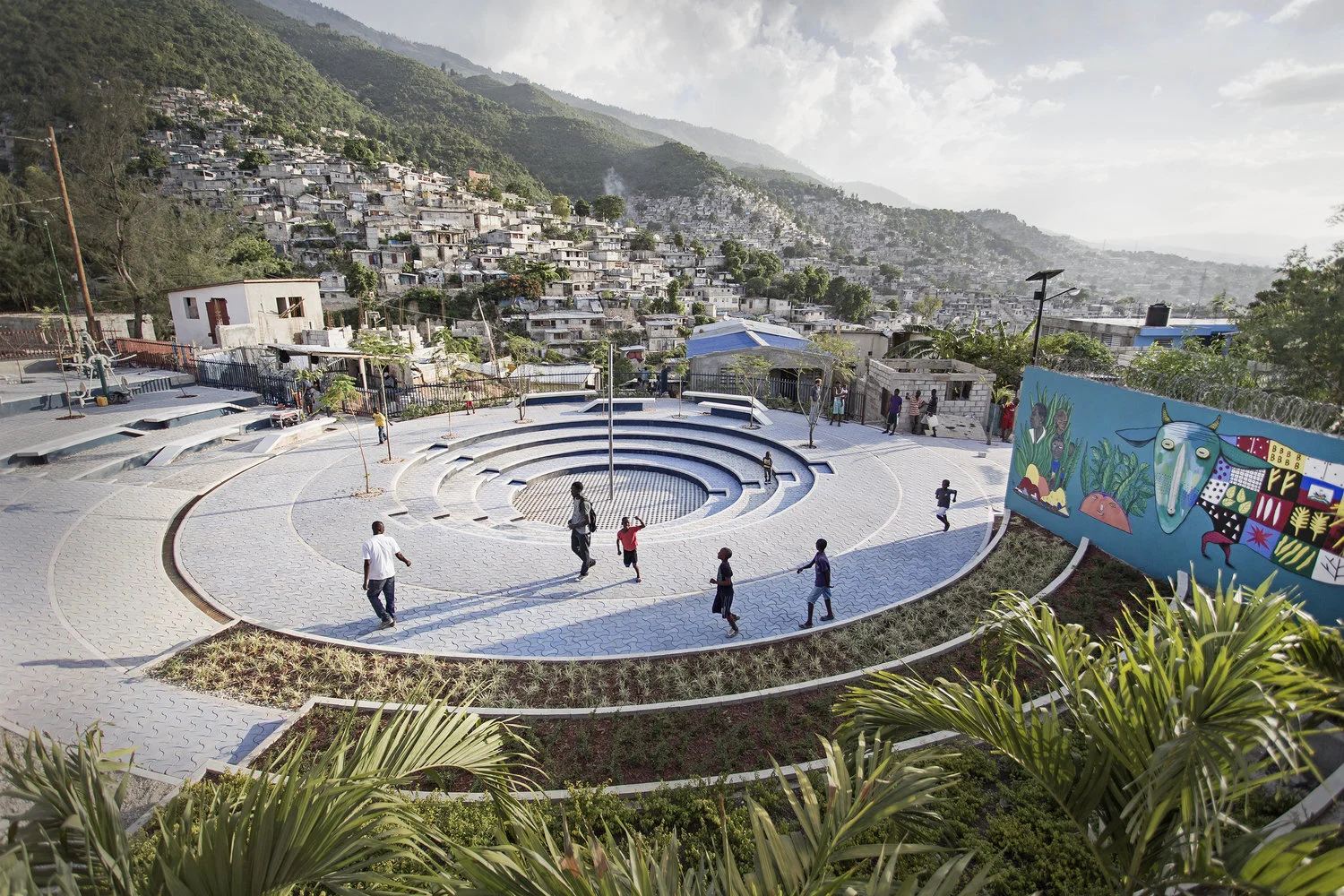We research
Our work is founded on the research of a project’s context from a cultural perspective, which encompasses local language, daily habits, locally-available technology and where the interaction of local character develops into patterns that define the identity of a place.
In the past years, EVA Studio has been working on research projects taking on different challenges that nowadays are affecting our cities: from affordable modular housing in London, to the global challenges of human displacement and social integration between the host communities and refugees.
Refugeepolis
According to UNHCR over 70 millions people were forced to flee their homes and a quarter of the world’s refugees and IDPs are living in camps for an average of 17 years. As refugees live in camps for a generation or more, these settlements can no longer be considered temporary.
Yet there are several refugee camps world-wide that are being transformed by their occupants into real cities and some should even be considered models for self-built practices and self-reliance, a lesson that can be transferred to other contexts.
We are living through the largest wave of human displacement since WWII, with 6.7 million Syrians who make up the highest number of refugees per nation in the world.
Taken from the perspective of the city-wide scale, one need only point to the UNHCR predicted number of 350,000 refugees in Beirut — the highest number per capita in the world — to note how entire metropolises in the Middle East are becoming transformed by conflicts and catastrophic events happening elsewhere.
The Arrival Neighbourhood in the Middle East
We Engage
People and places are at the core of our practice’s ethos.
We see architecture as more than just design.
For us, it is an inclusive process based on collaboration. Through different levels of public engagement, we are able to explore a community’s vision and aspirations and make social places that promote inclusion, equality and urban resilience.
Central to our approach is a community engagement process to address the local needs, priorities and aspirations.
Architects, as process makers, may play a key role in facilitating the conversation between stakeholders of urban development and local communities.
Why placing community engagement at the core of the design process?
Because an effective public engagement can sensibly contribute to ensuring that the community will be positively impacted by the project.
It is essential to understand the local needs, to shape a brief that combines the community and the project’s ambitions.
It could be a force to trigger a positive and locally-empowered change! An effective participatory process can do more than establish community preferences.
As part of wider community engagement strategies, we often use low-cost DIY projects and pop-ups to trigger residents’ participation.
The images show a recent low-budget installation of geodesic domes as part of the Art Night 2018 in Battersea (London).
We Design
EVA studio, including past work with other practices, has experience in designing and delivering projects of all scales and budget in numerous sectors in London, Haiti and Lebanon. EVA Studio delivers quality architecture that embodies the core design concept, buildings that communicate the architectural vision. We strongly believe design has a place in fighting social ills such as poverty, illiteracy, and political and religious persecution. And that responsible design can help improve lives and communities in need. Design plays a major role in strengthening communities, supporting vulnerable areas and empowering people.
“First life, then spaces, then buildings – the other way around never works.”





















